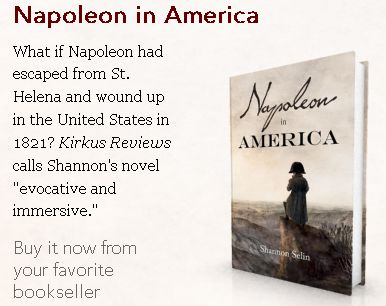Battle of Waterloo and Napoleon History Education Studies
waterloo-napoleon.com ©

Why did Marshal Macdonald punch out a drunken Brigadier in March 1815?
Our membership area - opening in December 2022 - has the answer,
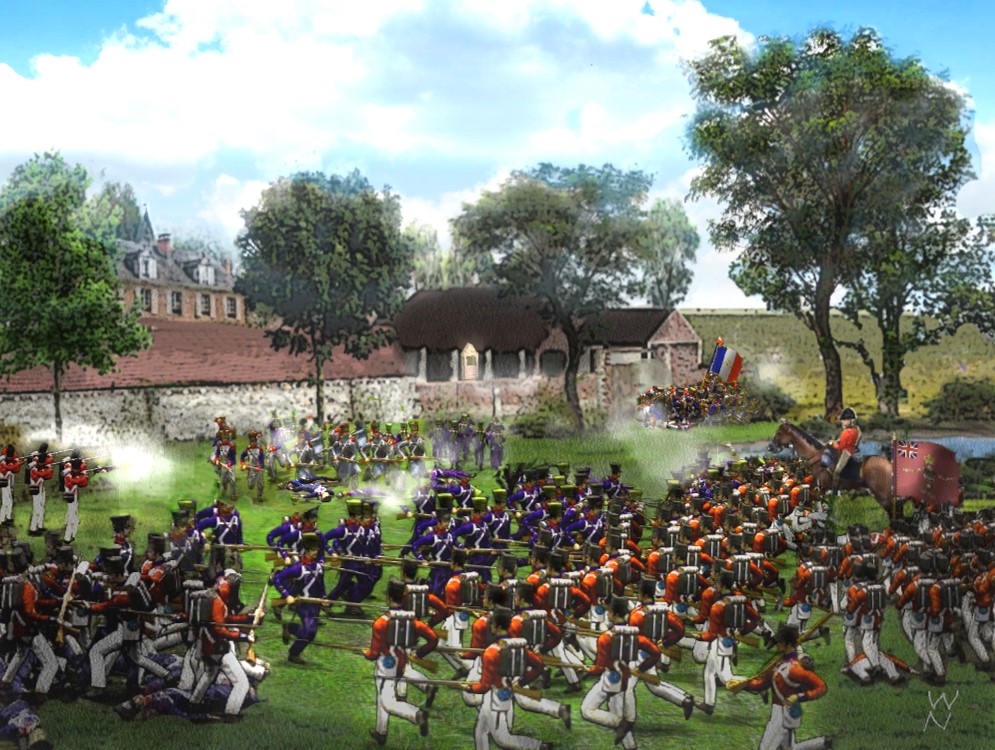
Our Friends Links
The Battle of Waterloo, was a brutal and bloody day-long showdown that took place what otherwise should have been a normal quiet Sunday, on June 18th, 1815. The battle was fought in Belgium, 12 miles south of the capital, Brussels. The ruler of France, Napoleon Bonaparte, was decisively defeated by his determined foes, the two Allied army commanders, the Duke of Wellington and Field Marshal Blücher. The casualty tally across the battlefield totalled 50,000 persons (10,000 of them being killed ), alongside many thousands of horses dying. The fierce fighting raged across the battlefront. Key struggles for control took place at the Hougoumont chateau grounds, and the farmhouse of La Haye Sainte, as well as amid the Allied defences in the Papelotte area. The bodies of dead and wounded gruesomely piled up astride the east-west Ohain sunken roadway which protected most of the frontage of Wellington's army. The fighting in and around the village of Plancenoit, located behind Napoleon's right flank, was particularly brutal as the Prussian remorselessly attacked the stubborn French defenders. Despite the crushing defeat, Napoleon remained convinced for the next several days, believing 'all was not lost', and while the remnants of his army of the north rallied, he reluctantly returned to Paris to try and convince the politicians that he still had enough power to defend France from the European Seventh Coalition's impending massive invasion of France. However, the mostly Liberal-controlled elected officials rebuffed and rebelled against Napoleon and forced him to quickly agree to abdicate his throne.
The epic battle of Waterloo finally ended the long drawn out fifteen years of conflict, known as the Napoleonic Wars.
NEWS - Ongoing expansion of further content
related to:
- Exclusive Waterloo Campaign and Napoleonic illustrations
- A spectacular links page to Waterloo Campaign,
Napoleonic and 19th Century related online sites.
- Dozens of Waterloo and Napoleonic Period related books
and games overviews.
- Illustrated Articles
INTRO TO THIS SITE
The site studies the 1815 Waterloo Campaign and also events during the Napoleonic Era years, primarily through art content.
ALSO included - Excerpts of Napoleonic journals, anecdotes, summations texts, period artwork, maps, political cartoons
- and our own exclusive illustrations.
Visit the BEST LINKS PAGE anywhere online
for everything related to the
Waterloo Campaign and Napoleon Era studies
and much more associatedhistorical topics
GO HERE
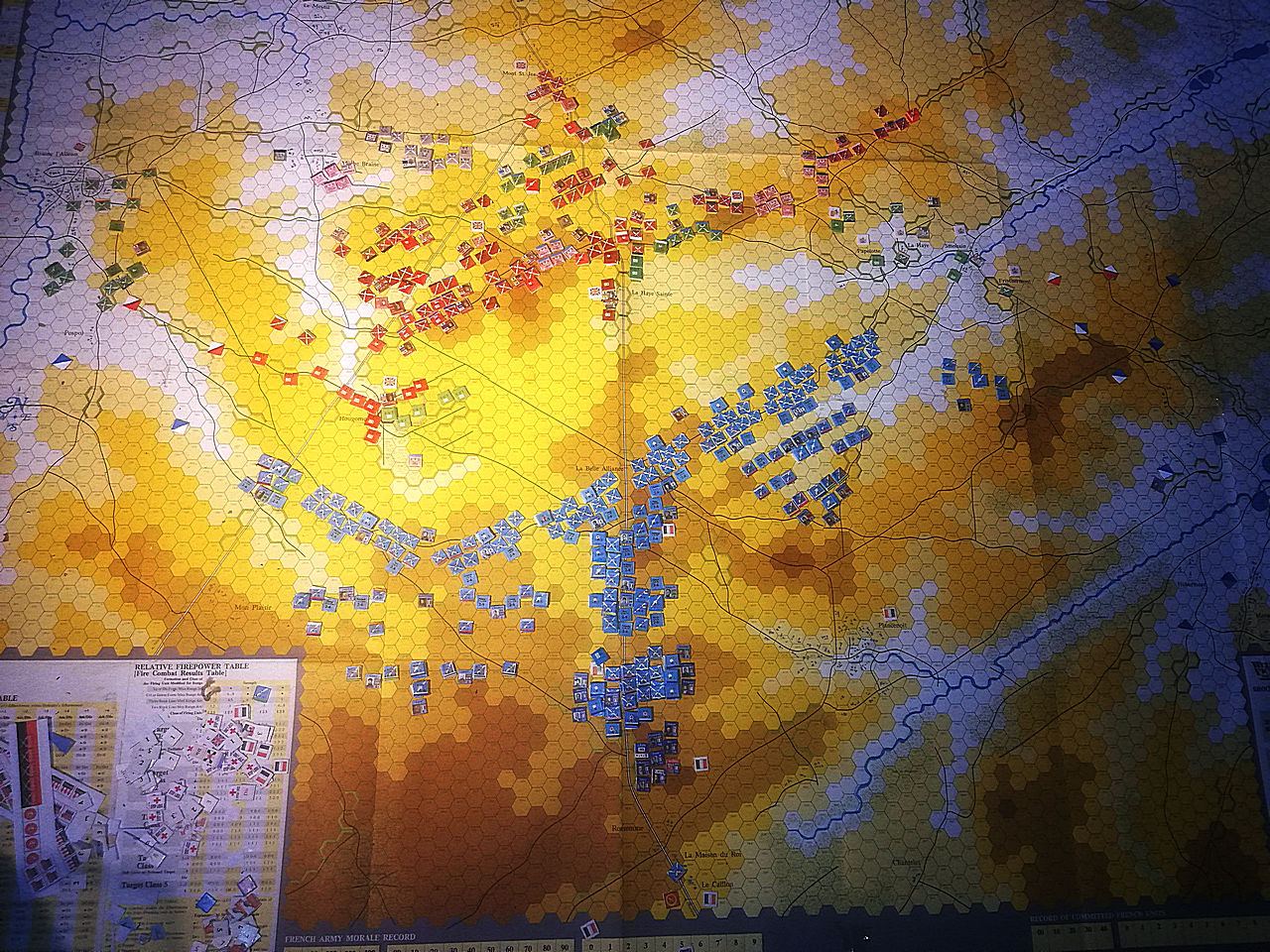
Special 2020 Battle of Waterloo Tabletop Wargame Replay Event

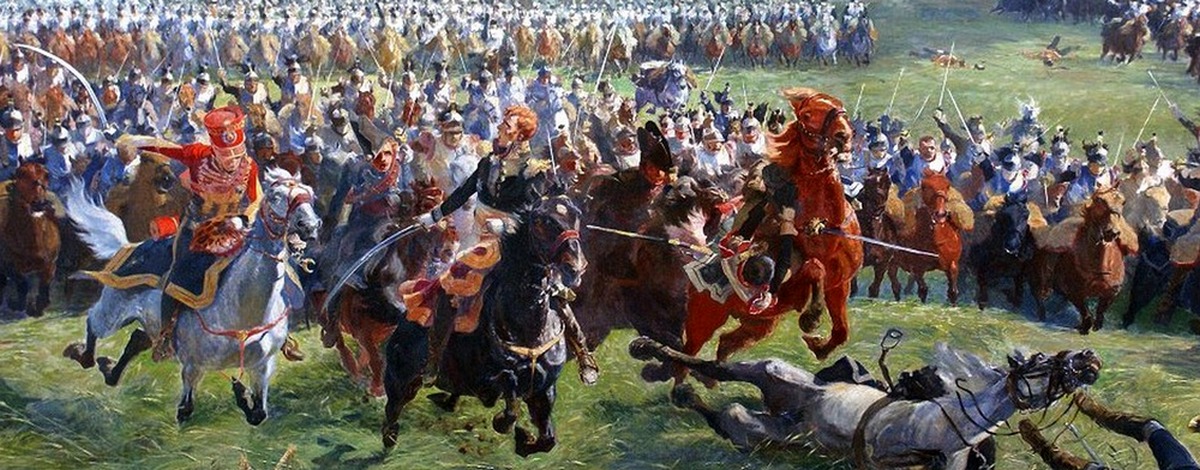
Battle of Waterloo and Napoleon History Education Studies
French cavalry charges at the Battle of Waterloo - from the Panorama painting in Belgium
Pictures
Battle of Waterloo and Napoleon History Education Studies
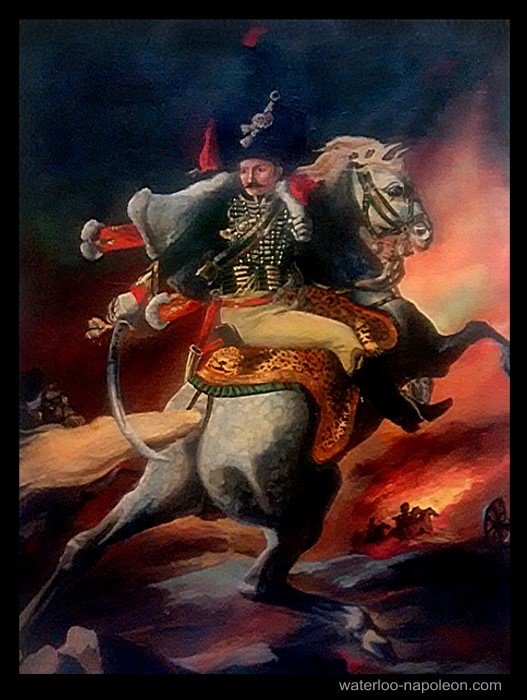
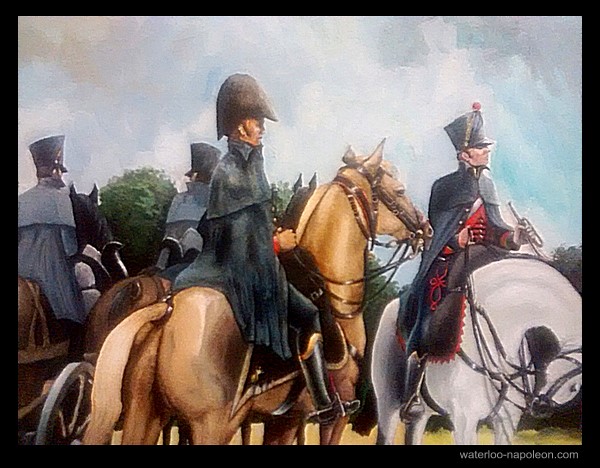
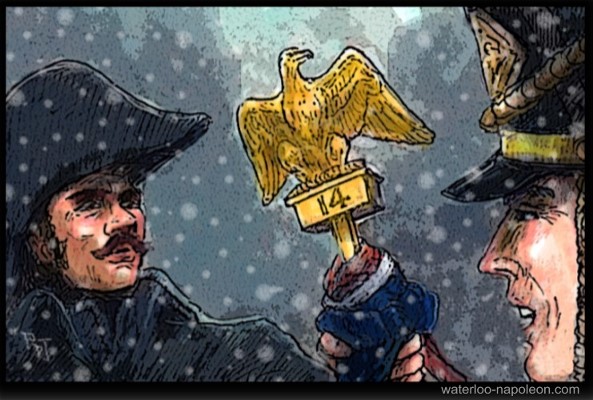
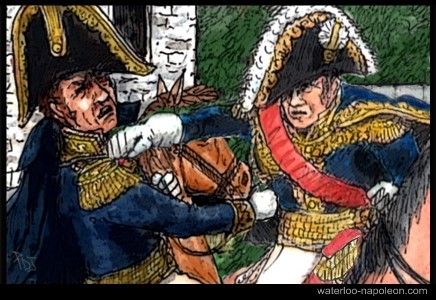
French horse artillery crew
Galloping Chasseur
Marbot at the Battle of Eylau
Marshal Macdonald fights in 1815
French cavalry charges at the Battle of Waterloo - from the Panorama painting in Belgium
Marshal Ney leading French cavalry charges at the Battle of Waterloo (from the Panorama painting at the Belgian battlefield site)






















